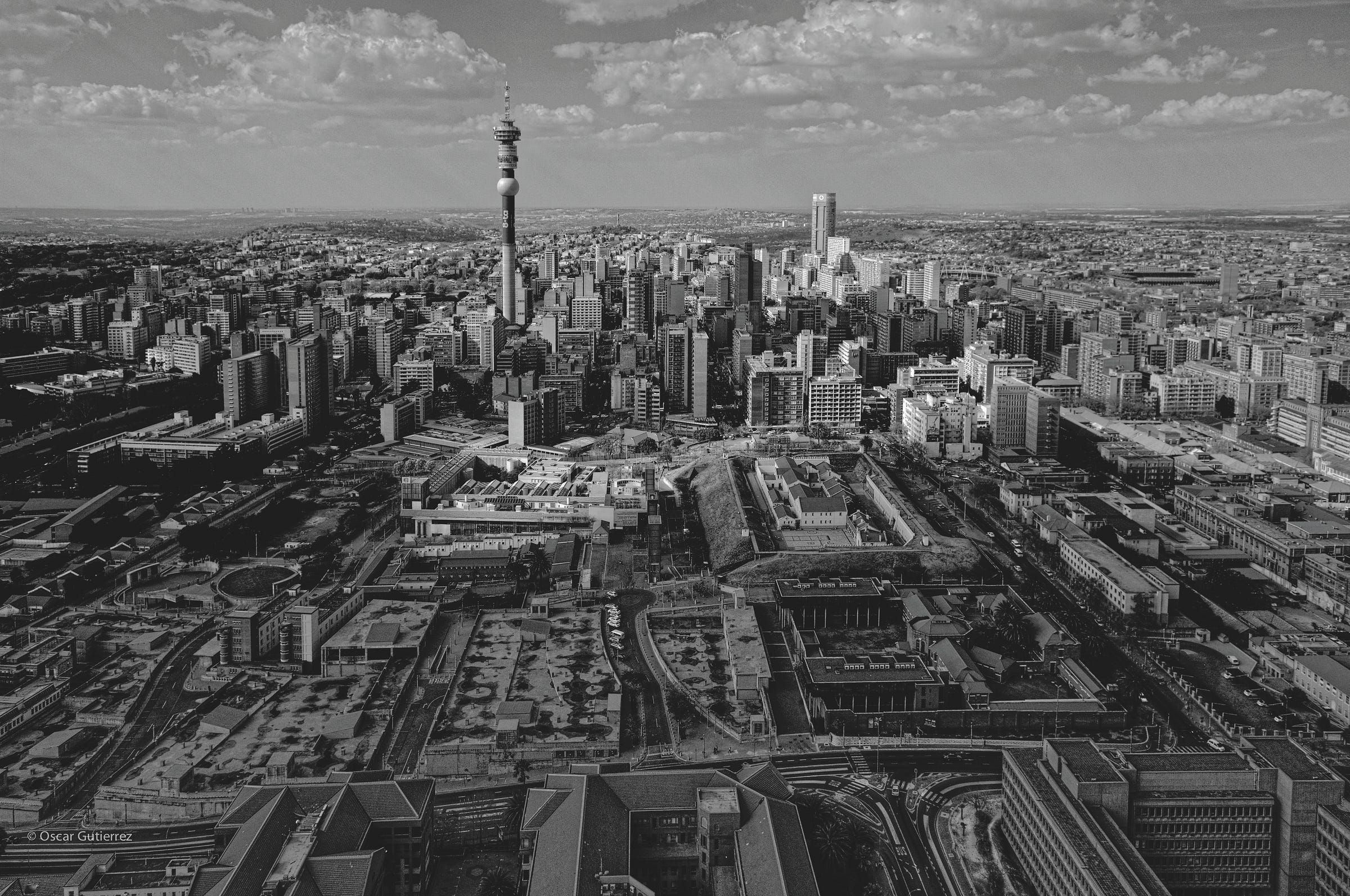Welcome to Vignettes, our weekly cabinet of curiosities. Here you’ll find unexpected facts, intimate portraits of interesting people, interviews and more.
Vignettes is for paid subscribers—thank you for your support! If you’re not yet a paid subscriber, what are you waiting for?
In the months since President Donald Trump took office, there have been moments of clarity amidst a general sense of overwhelm, times when the administration’s underlying goals and world view come into clear focus in spite of the surrounding noise. One such moment came Wednesday, when Trump met with South African President Cyril Ramaphosa. After a few moments of the typical back and forth, Trump suddenly asked to dim the lights before playing a video montage that repeated claims about a purported “genocide” against white farmers in South Africa.
Again and again, the President of the United States made clear his fundamental belief that white people are always the ultimate victims, that Black success, prosperity or power is illegitimate.
Ramaphosa, a protégé of Nelson Mandela and one of the mediators in the 1994 talks that ended apartheid, was calm and collected. He pushed back where he could, and claimed later there was no drama in the interaction. But the President’s aims were clear to anyone watching.
Today we’re publishing Niq Mhlongo’s essay, “What Was Lost” about Johannesburg, in all its messiness, all its loveliness and all its history. Mhlongo’s portrait of his beloved city is nuanced and complicated, while this week we saw his country reduced to caricature.
—Stranger’s Guide
Joburg has not always been like this—dirty, dangerous and Afrophobic. My intimate relationship with the city began in 1994, when I was a first-year student at the University of the Witwatersrand in Braamfontein, a relatively safer side of Johannesburg. I was 20 years old, and it was my first time living away from the house where I grew up in Soweto.
As a student, I used to frequent a club called Razzmatazz near Smit Street in Hillbrow. I’d watch live Kwaito music—a popular style of house music—played by such artists as M’du, Arthur, Boom Shaka, Abashante, Joe Nina, Mashamplani and Thebe. Next door was the 24-hour Fontana supermarket where my friends and I would go in the early morning hours for roast chicken and fresh bread. And then there was Little Rose, our source for cheap beer.
This was before the age of the cell phone, and there was a saying at the time that you had not been to Joburg unless you walked along Small Street. Even today, the phrase comes to mind every time I’m in the city. As its name suggests, Small Street is a narrow pedestrian way that was lined with fashion shops, pubs, eateries, cinemas and trendy hotels. My favorite hangout was a small restaurant between what were then called Jeppe and Bree streets that sold vetkoeks—traditional fried bread—with stewed minced meat. Across the street was another spot that specialized in tasty samp (chopped corn kernels), mogodu (stewed tripe) and some of the city’s best biltong (cured meat). There seemed to be no limit to what you could get from street vendors for very little money: iskopo (boiled sheep’s head), amanqina (boiled cow or pig’s feet), boiled and roasted mealie cobs, boiled and roasted peanuts, baked fish, atchar, bunny chow. This was the street that brought life to Joburg.
Johannesburg must have more nicknames than any city on earth. I’m partial to Joburg, but others call it eGoli, Kwandonga ziyaduma, Johassleburg, Johustleburg, Joni, Jozi and Mjipa. South Africa’s most populous municipality was established in 1886. It’s one of the few megacities in the world without a harbor. But one thing that makes Joburg unlike any other place is that it’s the only city in the world that’s built on top of some of the world’s largest deposits of gold—hence the nickname eGoli, or place of gold. It is also—and has always been—a city of migrants from around the world; they came as a result of the gold rush that started in the mid-1880s. And so the city’s identity is reflected in the multicultural makeup of these early gold diggers and migrant laborers. This also became the identity of the city’s surrounding suburbs and townships, including Soweto, Alexandra, Tembisa and Vosloorus. That gleam of gold and dream of riches attract immigrants to this day. They have made Joburg a place of loss and deprivation, but also of resistance and possibility.
Keep reading with a 7-day free trial
Subscribe to Stranger's Guide to keep reading this post and get 7 days of free access to the full post archives.


